If you’ve never been on safari – and I don’t mean one of those man-made zoo experiences that some cities have but I mean a real-life, in the bush, under the African sun type of safari, then you don’t know what you’re missing! We got a chance to go on our first safari for our honeymoon and I was surprised how it was everything I expected but was also way different at the same time.
Read
- Kruger National Park for first timers
- How to plan a South African safari – the 9 day itinerary
- 13 of the top things you have to see in Africa
- Shark cage diving in Gaansbai, Cape Town
Where to stay near Kruger National Park?
- Teaser alert – Our favourite part of our safari experience at the end of the day was our time at Elephant Plains in Sabi Sands. It was simply magical.
In This Article
The safari you think you know
I was that someone that had never been on a safari save for that time as a kid my parents took me to African Lion Safari in London, Ontario where I have vivid memories of monkeys jumping onto the roof of our car and stripping away all the rubber moulding. Beyond that faint experience, the only other reference I had was honestly just Nat Geo, that series called Planet Earth, and Lion King.
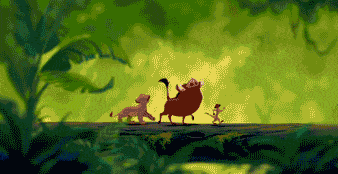
Laugh all you want but I think a lot of us have a certain preconceived idea of what Africa is like and what the savannah is like. It’s that “hakuna matata” world Disney painted for me and those iconic pictures of the one tree in the distance with giraffes in silhouette.
Is it all that different?
YES!
In real life, in some ways I was almost disappointed that the African savannah wasn’t like Lion King but in other ways the safari experience exhilarated me in ways unexpected.
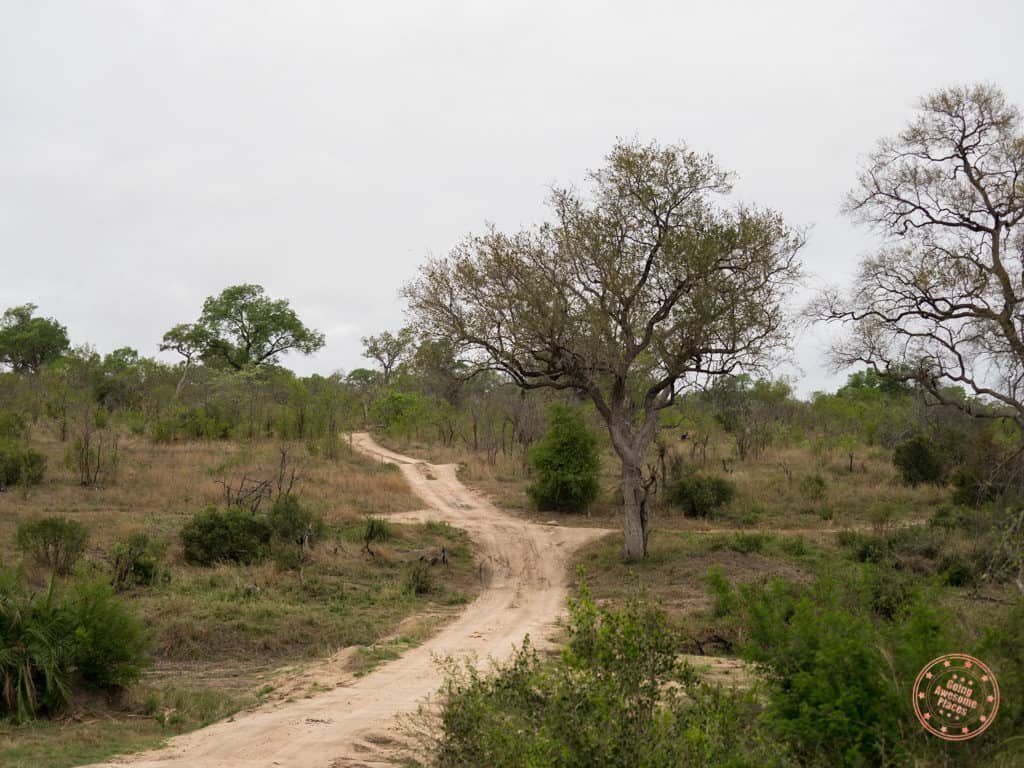
For me, it’s the landscape that really surprised me. Since my experience is limited to South Africa and the area around Kruger, my experience may be different from other parts of Africa but I remember my first reaction was, it’s way less lush and way more dead-looking than I thought. “What happened to all those trees?” I remember saying out loud.
Now this definitely changed as the weeks went on and I was able to see more of the landscape but with all the heat and dry nature of the climate, it’s really more desert than jungle. They call it a bush for a reason and it’s that brown tall stringy grass type of bush that is what dominates the area.
That being said, I was also amazed at how diverse the landscape is as well. While it is predominantly dry and barren, you can be driving along one road in Kruger National Park and see it go from larger oak-type trees with greener grass (typically near rivers), to barren open ground, to tall dry grasslands, to rocky outcrops. It changes on a dime it feels like and is what makes things so interesting out there especially when you’re tracking animals.
So what about the safari experience?
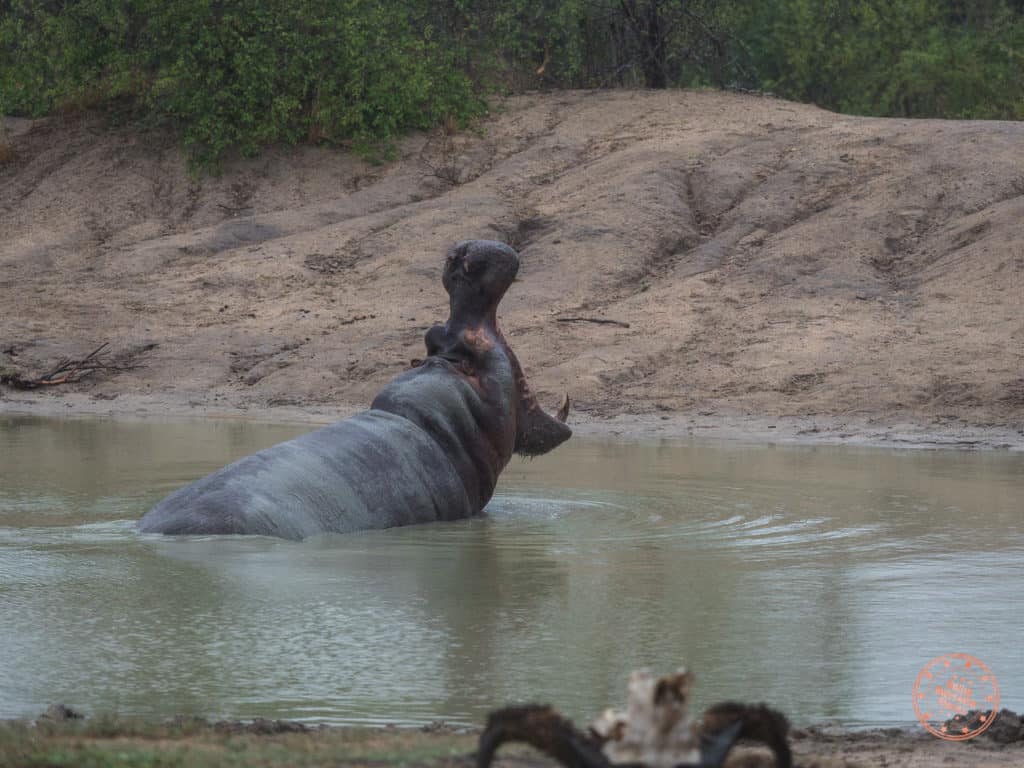
Oh boy there’s so much to say here and I’ll reserve the “tell all” in a future ultimate guide of sorts but if I were to sum it up, it’s an experience of unpredictability and constant surprise and wonder.
Sure it’s still somewhat of a manufactured experience with human roads, camps, electric fences, and walkie-talkies but it’s almost difficult to comprehend that you’re in the natural habitat of these animals and you’re just a guest taking a small peek into their world. Some animals will rustle away as you pass by in your car or in the safari truck but others won’t give a damn and just continue munching on whatever they were munching on or go back to staring into the distance with more purpose than our untrained eye can perceive.
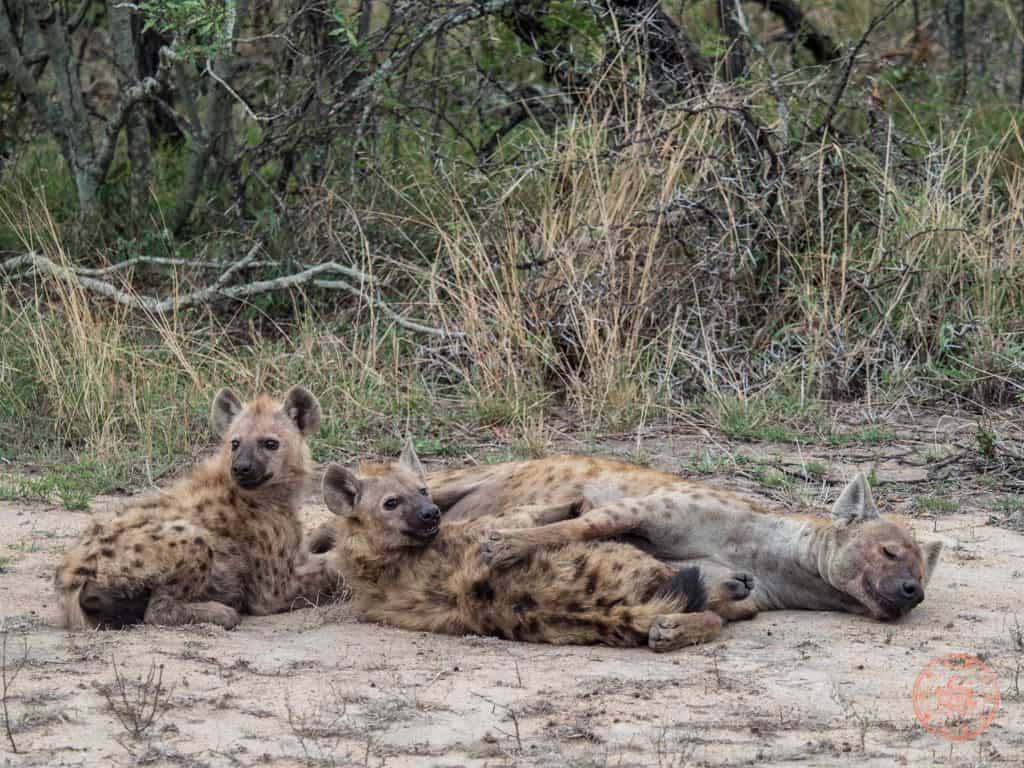
As you’re watching these incredible beasts, you start picking up on the smallest nuances like how a mother treats their young, how a baby struggles with eating grass or why a bird keeps landing on its back, or how an elephant rips the leaves off of a tree, or how long a hippo stays underwater before resurfacing for air. You can just stare and try to decode why we think an animal does what we see. Ultimately, the most heartwarming thing is when what we see is a reflection of our own human nature.
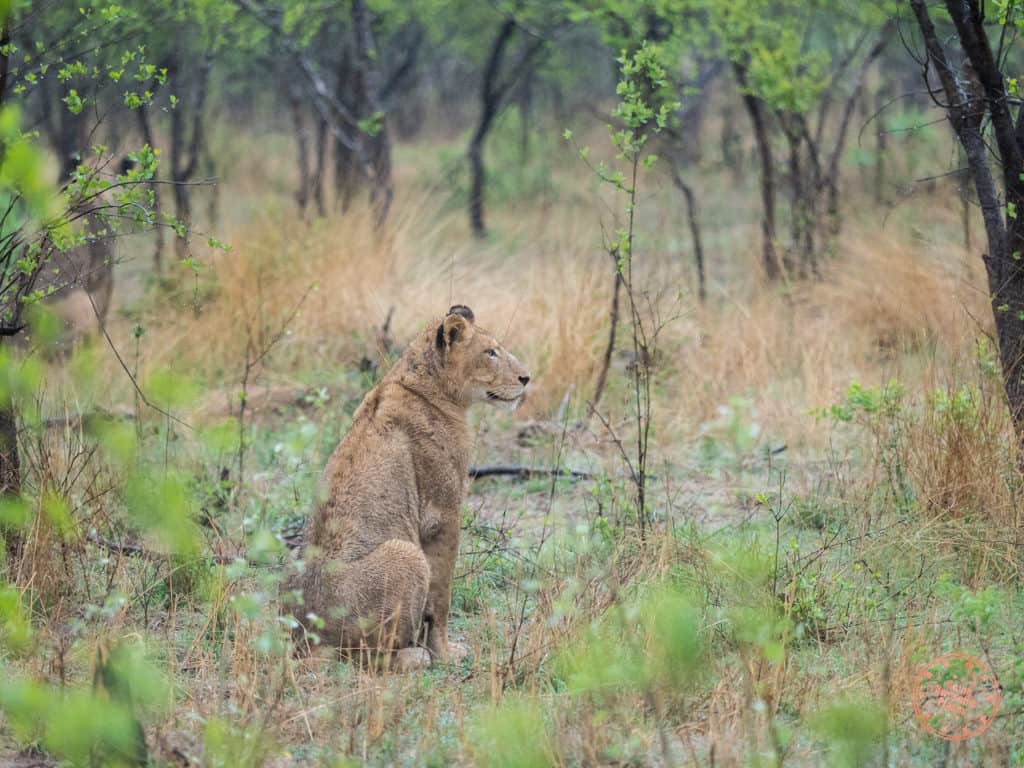
For me, It’s really the luck aspect of it all that truly gives the biggest thrill of all. Think of it as going on this great big hunt. You could come up with nothing or you could come up with the biggest catch of them all. And while you’re not really capturing anything for trophies, your mind is making its own list of catches that you make with your eyes. Sometimes there are specific things you’re hoping to see or the best is when you are totally shocked and surprised to see something you never even thought of.
And as time goes on in Africa, that list of what you want to see grows wilder and more on the rarer side. You’ll quickly grow tired of impala and you’ll start getting hungry to see lions making a kill or a leopard hanging from a tree.
That is the safari life. And now I understand why people come back year after year because it is totally addictive.
Is there a specific way to do safari?
This may be unique to Kruger. I actually don’t know because I haven’t done Namibia, Kenya, or Tanzania but in Kruger there’s the wonderful option of staying inside the park itself and driving around in your own car (aka self-drive) or you can explore some of the private lands just outside of Kruger and stay at a lodge for a totally different experience (aka private reserves).
I’ve done both and I still couldn’t tell you that you MUST do one over the other. Each is amazing in their own way and I’d say that your Kruger experience wouldn’t be complete unless you did a self-drive in the national park and also spent a few nights in the luxury of one of the private game lodges on the outskirts of the park, in say, the world-renowned Sabi Sands.
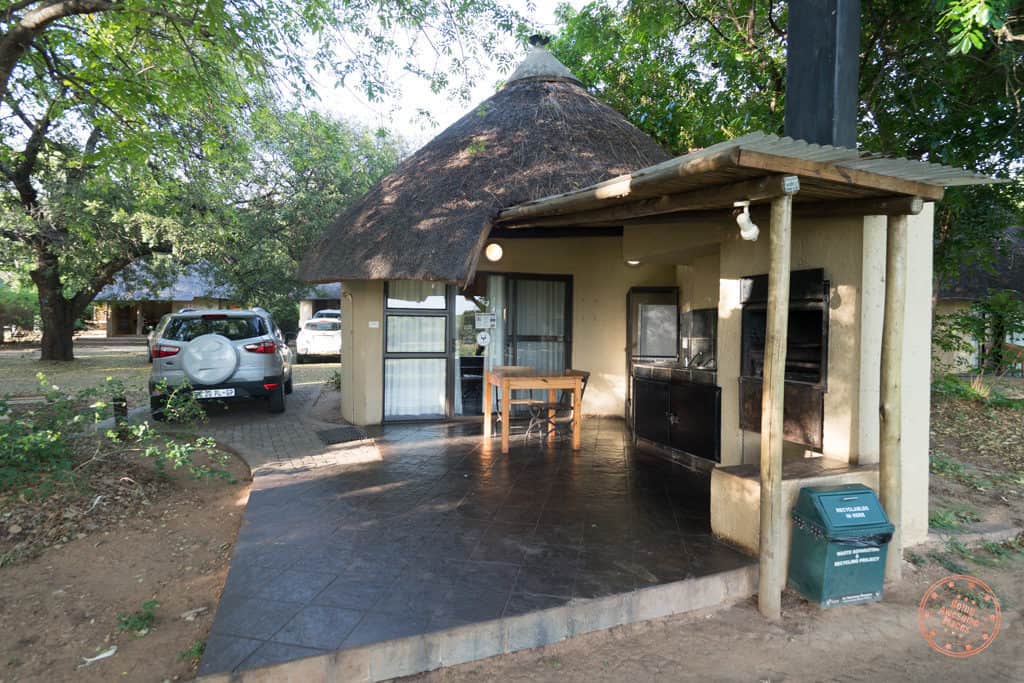
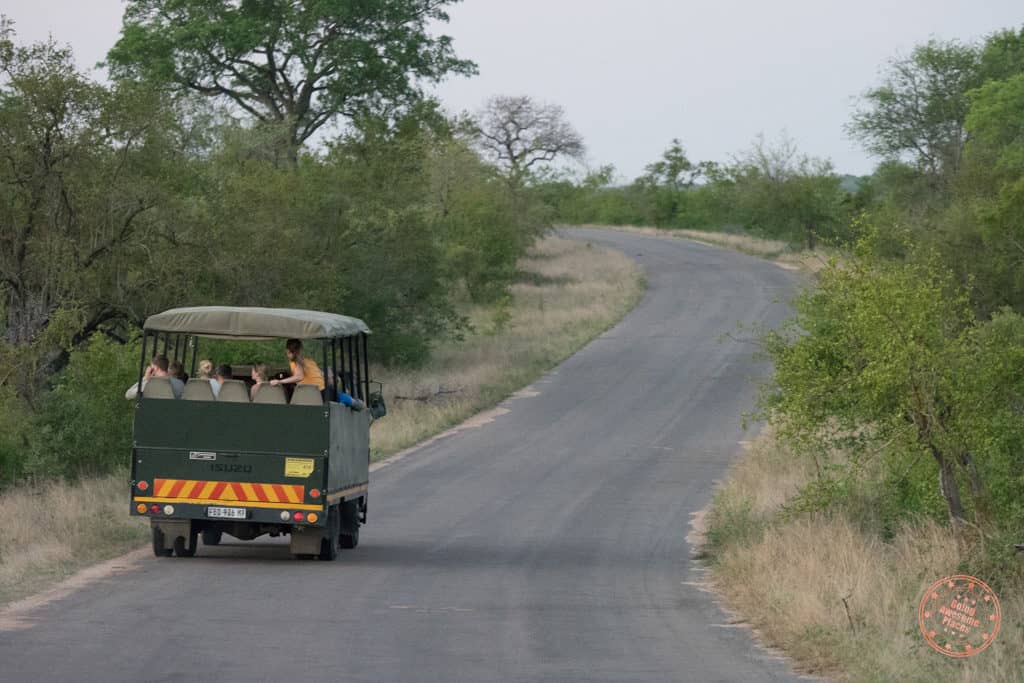
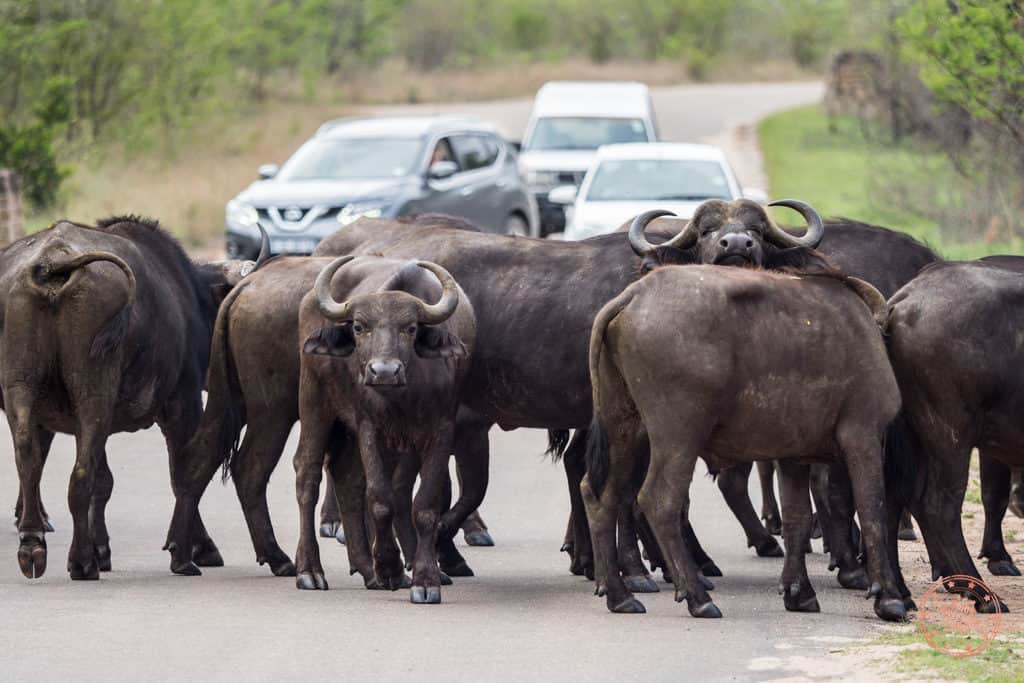
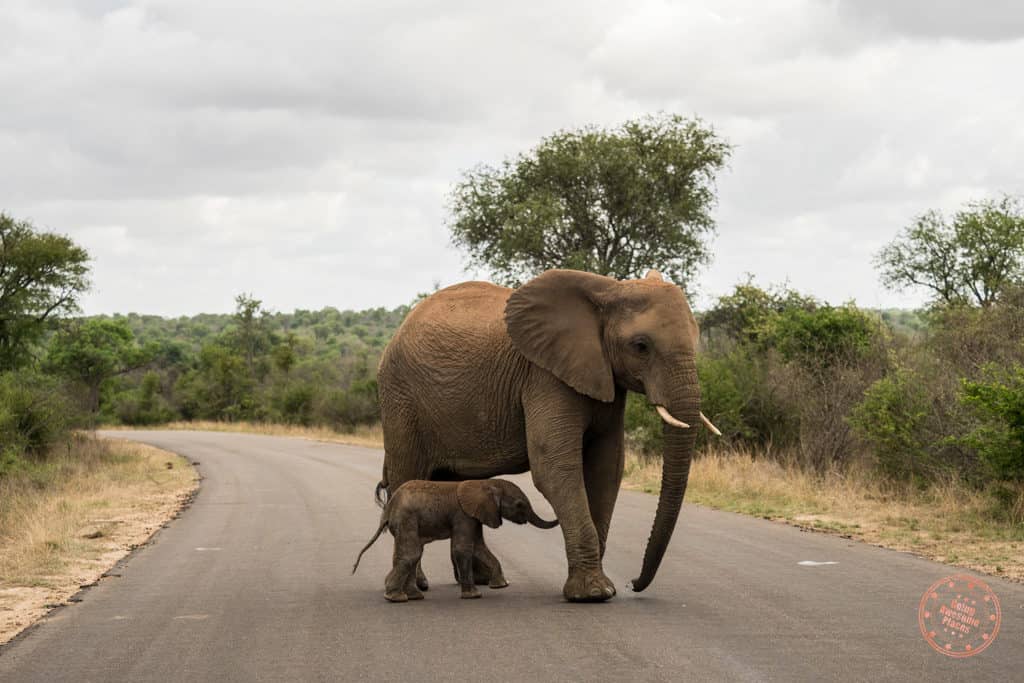
With self-drive, it’s very much a “choose your own adventure” experience. You get to decide which road to drive, what you want to try to find, and how long you want to stick around if you do find something. Things are a little more strict in the park as well as you have to be back by dark and you must stay on officially marked roads (makes sense if you don’t want to become viral on YouTube).
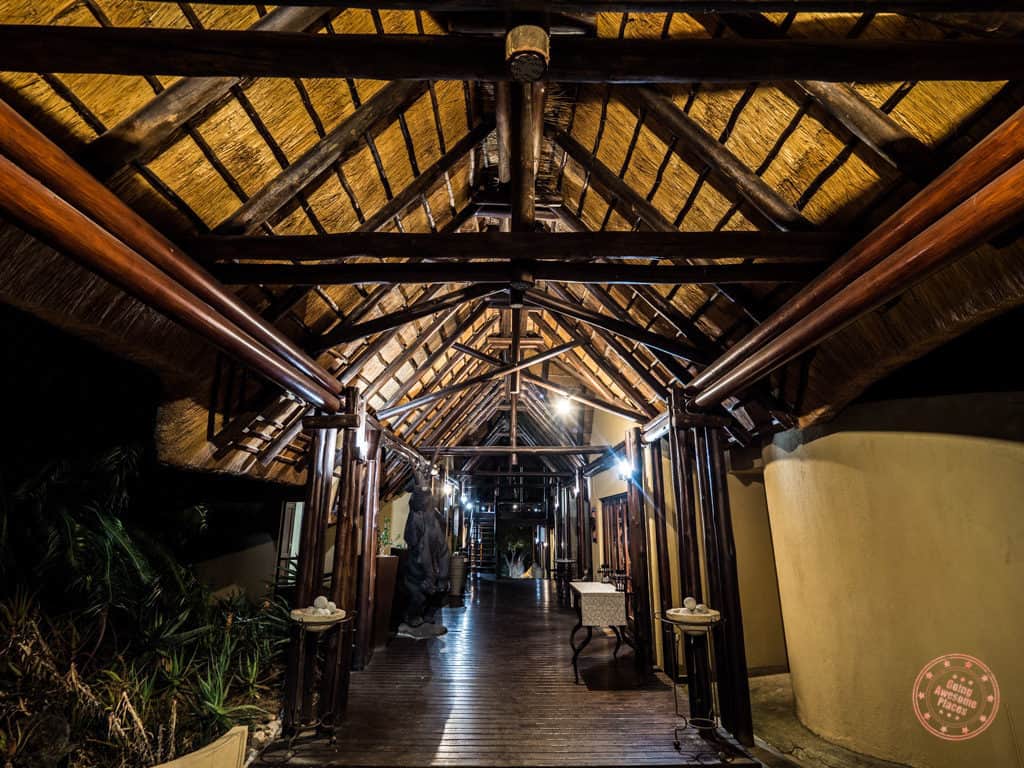
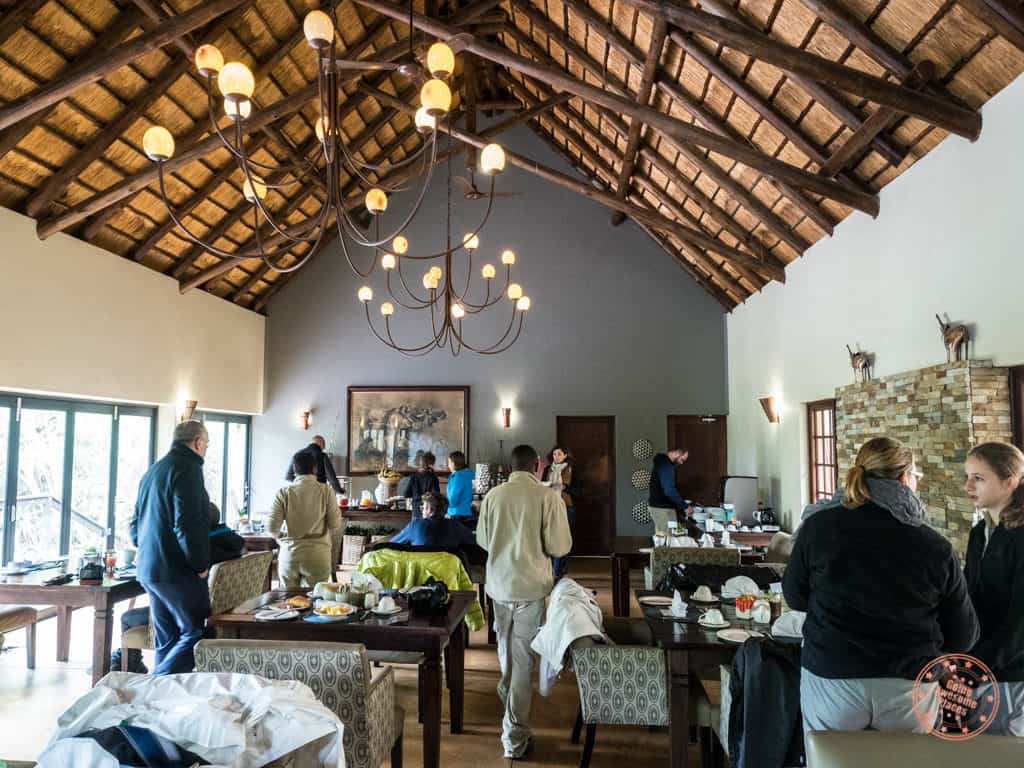
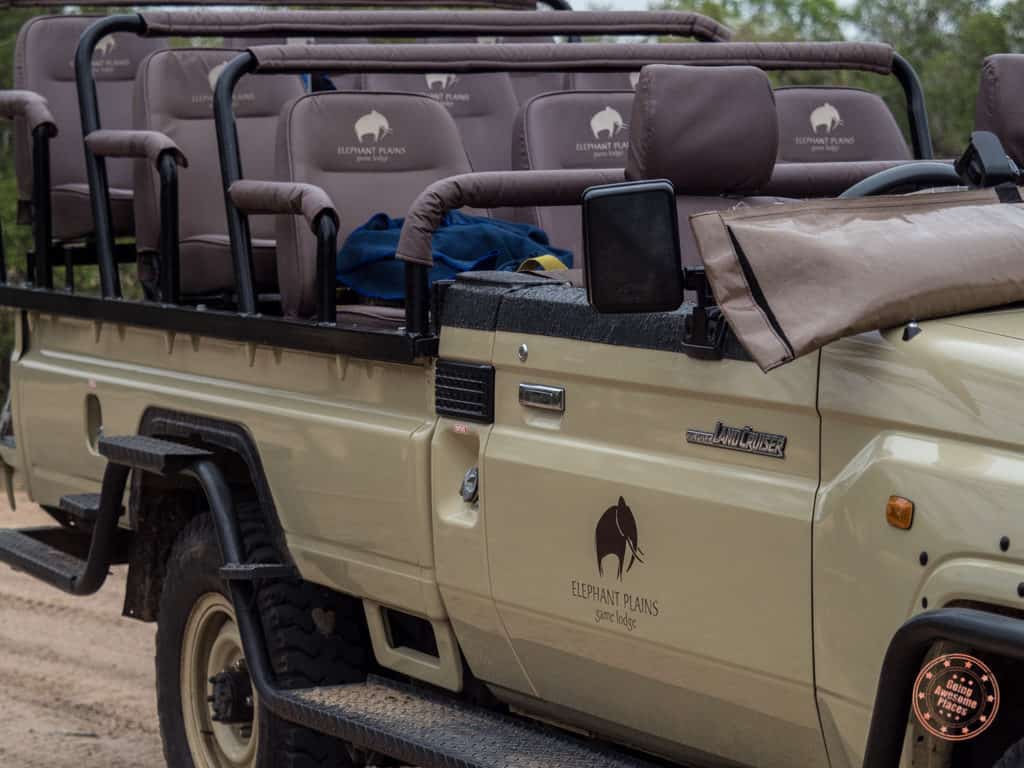
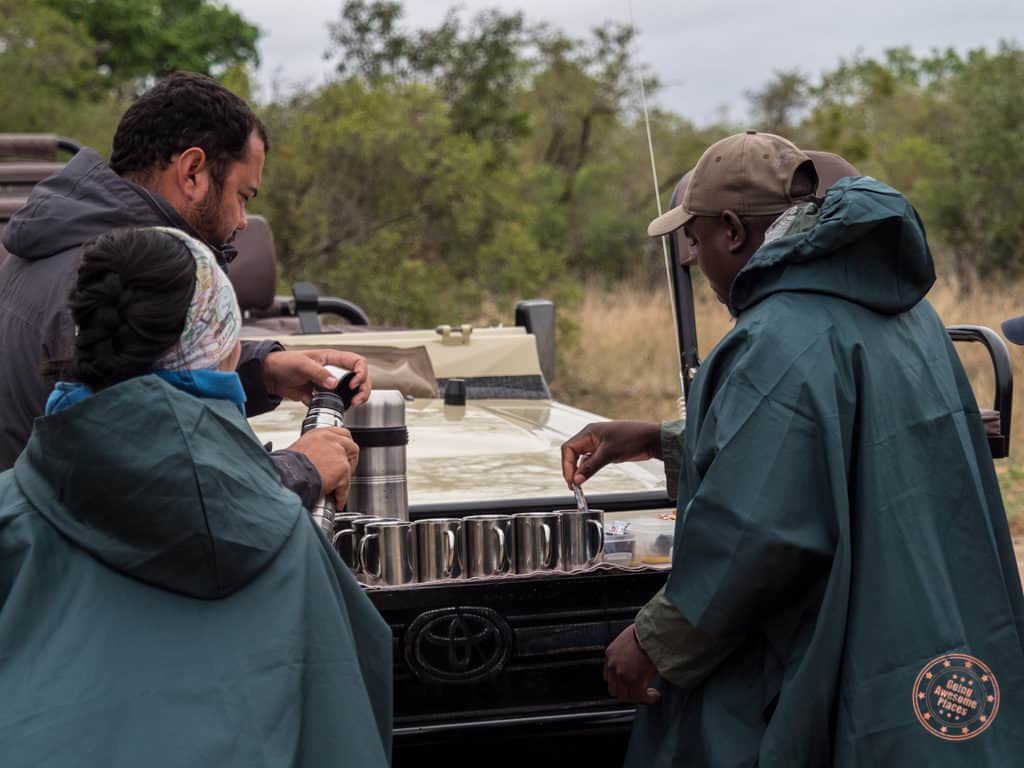
With the private reserves, it’s a more pampered experience all around with better accommodations, food inclusive, an experienced ranger, and professional animal tracker. In the bush that means much higher chances of seeing the animals that you’re looking for and being able to go off road and drive right up to animals like when we encountered a male lion and parked literally 3 meters from him.
Planning for safari
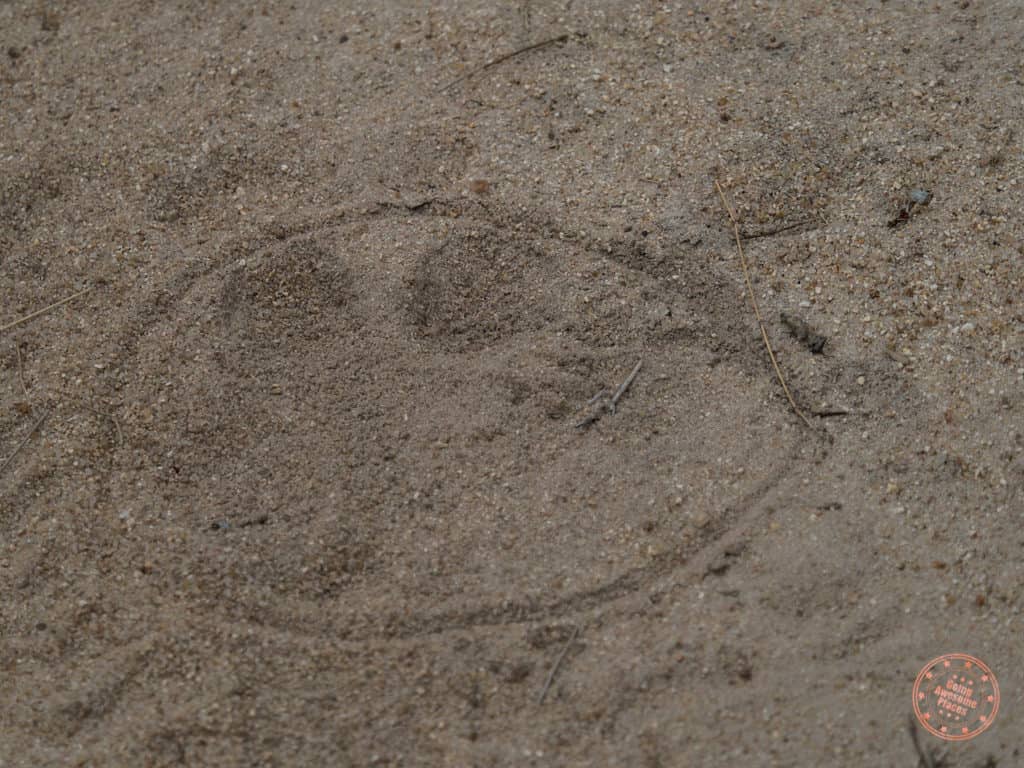
The last thing I’ll say about my whole experience to South Africa and Kruger is how frustratingly difficult it was to plan the trip thing.
As a complete newbie as I was, it was hard to find good resources online for a good way to approach safari planning without going the packaged route. Perhaps it’s all a conspiracy to get people to do group tours but I kind of understand why so many people do it. They make it seem so hard to do yourself.
Having done it myself, I can now safely say that “it’s really not that bad!”. I luckily had the benefit of having a good friend guide me through it and hopefully I can do the same thing for you if you’re thinking about doing safari in the future.
Safari doesn’t have to be hard, it doesn’t have to be too expensive, and can be done quite easily. I show you exactly how to plan your own safari trip.
So there you have it, my personal thoughts on safari in South Africa. I’d love to hear from you if you have your own safari experience or are thinking about starting to plan your trip.
Mary Boehm says
This is so helpful! Heading to South Africa for Safari in May 2023 in the areas you talked about.
CDC recommends tons of shots, but folks I know who went to South Africa went without them. What has your experience been?
William Tang says
For South Africa, there are a lot of recommendations but none are mandatory. For me, when we went, we made sure we had Yellow Fever although that was more because we were transiting through Ethiopia and knew that it might be requested for subsequent countries. In case, we did pills for Malaria and for traveller’s diarrhea there was Dukoral. That said, for Kruger and Cape Town, Malaria wasn’t really an issue so you can make your own judgement there. I hope that helps!
peter Cooper says
The comment that one has to stay on the tarred roads is incorrect. There are numerous well maintained gravel roads in the park which can normally be used by self drive visitors.The exception to this would be if there had been heavy rain leaving some of these roads flooded and impassable.
William Tang says
No you’re absolutely right! We definitely did follow a few side roads that were gravel and not tarred. Thanks for the correction!
Richard Lee says
Yass! I’ve been to the Akagera National Park Safari of Rwanda twice now and I loved the experience. It’s incredible being able to get so close to the wild life.
If you are ever back in the region, definitely try to go!
Will Tang says
Great suggestions! I feel like safari in South Africa was a great introduction. Now I need to start exploring other parks and countries for that matter to get a different perspective on wildlife.
Nancy Gormley says
I did the self-drive in Kruger and it was amazing. It took me a good day and a half to realize that this was nature and not some Disney theme park. It gave me a greater appreciation for the circle of life. The self-drive and staying in the park is a perfect way to see these amazing sights on a budget.
Will Tang says
It sure is a beautiful experience isn’t it? I particularly loved how you just didn’t know what you were going to see each day.
Andrew Darwitan says
Sounds great. I have been to safari in Tanzania and it was classic Discovery Channel. I’ve heard the environment is slightly different. South Africa has more bushes, whereas Tanzania is savannah. South Africa, when you choose a private concession, allows for off-road driving though which means you can get close to the animals!